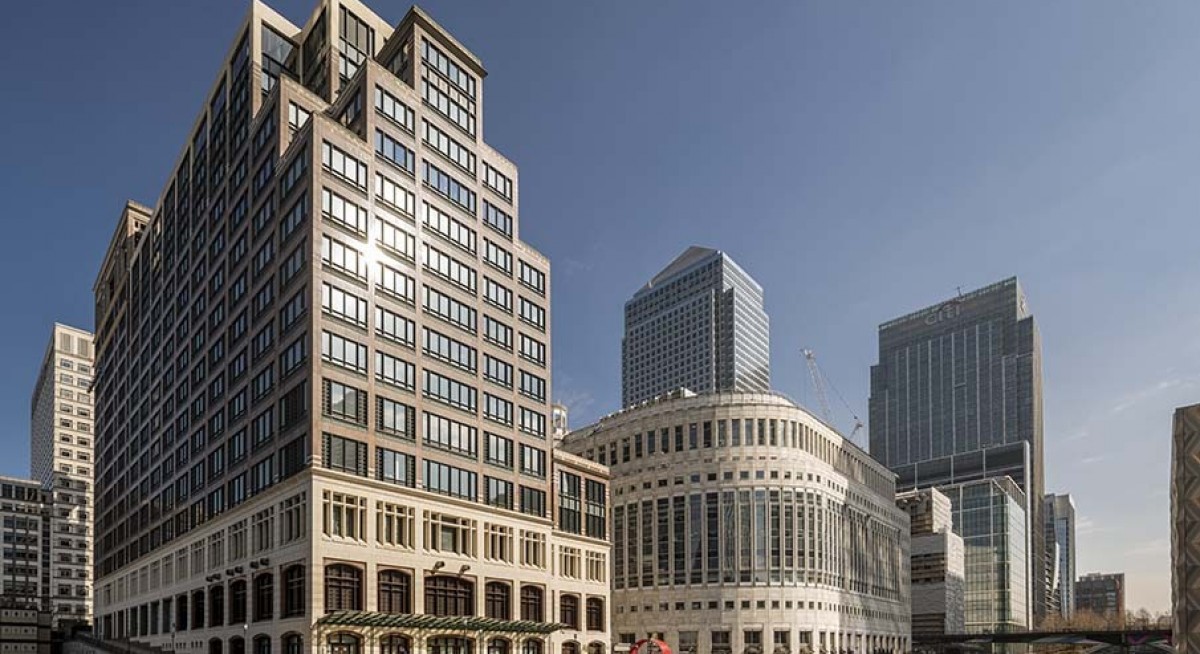Hong Kong-listed Link REIT’s operations remain under some pressure in Hong Kong, which accounts for 74.4% of its portfolio valuation; and China, which makes up 13.8% of the HK$223 billion ($37.46 billion) portfolio.
The rest (11.8%) is Link REIT’s international portfolio, including Singapore, where it owns Jurong Point and Swing By @ Thomson Plaza, along with Australia and the UK.
In 1HFY2026 for the six months to Sept 30, Link REIT’s revenue and net property income (NPI) decreased by 1.8% and 3.4% y-o-y, to HK$7,023 million and HK$5,178 million, respectively, mainly due to negative rental reversions in the Hong Kong and the Chinese Mainland segment.
Net finance costs were 7.3% lower y-o-y, supported by a more favourable interest rate environment, particularly lower Hong Kong Interbank Offered Rate (Hibor) during the reporting period.
Total distributable income dropped by 5.6% y-o-y to HK$3,283 million. Distribution per unit (DPU) for the year dropped 5.9% y-o-y to 126.88 Hong Kong cents. Net gearing ratio as at the end of September was 22.5%.
During the reporting period, revenue and NPI of the Hong Kong portfolio registered a decline of 2.4% and 3.7% y-o-y, respectively, due to negative rental reversions and higher operating costs. The average monthly unit rent was HK$62.1 psf, showing a modest decline from HK$63.3 psf recorded on March 31. Rental reversion rate was negative 6.4%.
See also: IREIT Global portfolio committed occupancy at 89% for 3QFY2025
In Hong Kong, tenant sales recorded a narrowed y-o-y decline of 2.1%, while the rent-to-sales ratio remained stable at a sustainable 13.0%. Among retail segments, supermarket and foodstuff categories posted modest growth of 0.5%. However, the overall performance was offset by a 6.0% decline in general retail.
The mainland Chinese retail portfolio experienced a negative rental reversion of 16.4% in 1HFY2026, primarily due to weaker performance at Link Plaza Zhongguancun and the retail component of Link Square.
Link REIT implemented targeted leasing and repositioning strategies including tenant remixing at Link Plaza Zhongguancun. The focus for Link REIT is to preserve occupancy and stabilise income.
Link REIT’s international portfolio did better than Hong Kong and China. It comprises retail and office assets in Australia, Singapore and the UK. Revenue and NPI increased by 4.7% and 0.8% y-o-y to HK$929 million and HK$605 million, respectively.
Link REIT’s Australian retail portfolio delivered a robust rental reversion of 16.3% and maintained a healthy occupancy rate of 98.1%. Tenant sales rose by 15.3% year-on-year, with notable growth in the apparel and accessories, as well as electronics and lifestyle sectors, reflecting solid consumer demand. Link REIT remains optimistic about retail consumption in Australia, underpinned by population growth, rising household incomes and positive consumer sentiment.
In Singapore, the retail assets Jurong Point and Swing By @ Thomson Plaza were close to full occupancy at 99.8% occupancy rate and a positive rental reversion rate of 12.9%. “Tenant sales recorded a temporary uplift, driven by the SG60 promotional campaign and government voucher distribution. However, sales are expected to normalise following the end of voucher distribution,” according to Link REIT’s press release.
Link REIT’s international office portfolio’s resilience is underpinned by a relatively long weighted average lease expiry of approximately 4.7 years, with an overall occupancy rate of 87.0%.
Link REIT acquired The Cabot in London in 2020 for GBP380 million. In its FY2025 annual report for the period ended March 31, the REIT’s UK property was valued at HK$1,922 million, or GBP189 million. The press release dated Nov 20 says: “The Canary Wharf office market is exhibiting signs of a turning point, with a modest recovery underway and leasing momentum gradually strengthening”.
Xavier Lee, equity analyst at Morningstar, says: “The weaker results were within our expectations. We anticipate that retail headwinds will continue to pressure FY2026 rental income through negative rent reversions. We expect rental income from the Hong Kong retail portfolio to stabilise beginning in FY2027.”
Lee points out that Link REIT prioritised occupancy by lowering rents amid a competitive Beijing market and soft Shanghai environment. Link REIT is repositioning its Beijing asset, while Shanghai retail sales have begun to stabilise, he echoes.
For more stories about where money flows, click here for Capital Section
“We maintain our fair value estimate of HK$45 per unit for no-moat Link REIT after fine-tuning our assumptions. Units are undervalued, with our FY2026 DPU forecast of HK$2.57, implying an attractive 6.6% distribution yield,” Lee writes in his update. Link REIT’s net asset value (NAV) fell to HK$61.2, down 3.3% h-o-h.
Link REIT’s outgoing CEO George Hongchoy, who plans to retire by the end of this year, has articulated his plan to diversify into the real estate management business, which is still a work-in-progress.
As at 11.47am, units in Link REIT are trading HK$2.80 lower, or 7.22% down, at HK$36.




